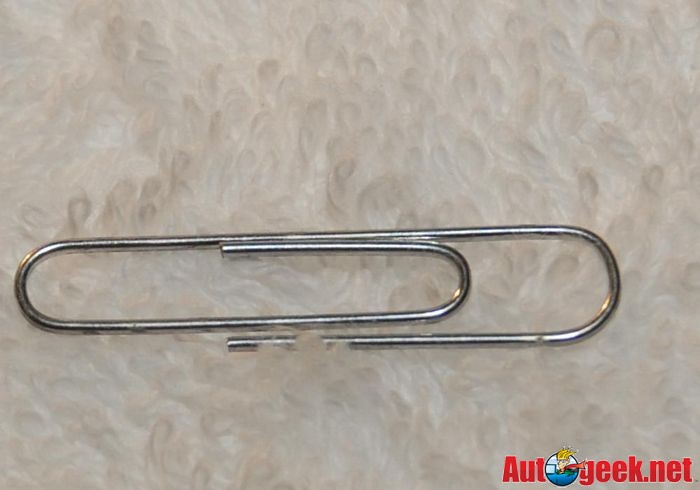Hi,
Just wanted to see if any one could recommend a good way to remove compounding residue when detailing a car.
I use a rotary at about 1900-2100rpm and sometimes the compound gets caked on and can be a pain to remove.
Hi Dan,
First a few questions...
- What are you working on?
- What are you trying to accomplish?
- What type of pad are you using? Foam or Wool?
- Which compound are you using?
1900rpm to 2100rpm is on the
high end of the rpm spectrum for working on modern clear coats. Are you sanding and buffing epoxy molds?
As for removal, a sign of compound residue caking onto the surface tend to be a sign of not cleaning your pad often enough, so make sure you're cleaning your pad often.
Overusing product and not cleaning your pad often will also lead to excessive product residue caking up on the surface.
First... be sure to remove any compounding or polishing residue after buffing a section, compound and polishes don't need to dry and removing them immediately is usually a lot easier than allowing any time to go by.
Second, warm and hot temperatures will cause the residue to dry faster and buffing at high RPM's will tend to create more heat also causing the residue to dry faster, both of which will make residue removal more difficult. So if you are in fact working on clear coat paints, try reducing your RPM to around 1500
Tips for removal?
Using a terry clot towel with a medium to large nap will help as the nap, (little cotton loops), will act to slice into the layer of residue and help to break it up and pull it off the paint. Microfiber will work too but sometimes it's the stoutness of a cotton loop of fiber that can help to remove compounding residue.
The below picture was taken from this article, note the "loop of fiber"
How to clean your foam pad on the fly
I use the
clean your pad on the fly technique for cleaning foam pads on rotary buffers too...
The nap of 100% Cotton Terry Cloth Toweling
The terry cloth towels in the picture above I get at the gym where I work out, they are actually high quality and made available to club members for $2.00 a piece, so I buy them often for use at the gym and then use them also for detailing cars.
Don't worry about toweling marks from using cotton over microfiber because any polishing steps you do after compounding will remove any toweling marks. If you use high quality 100% cotton towels then toweling marks will be minimum due to the cotton itself and more related to aggressive wiping.
After the compounding step however you should bring the quality of your wiping towels upward and switch to microfiber towels.
If you're still having problems at this point then using a spray detailer together with a 100% cotton towel will usually do the trick.

